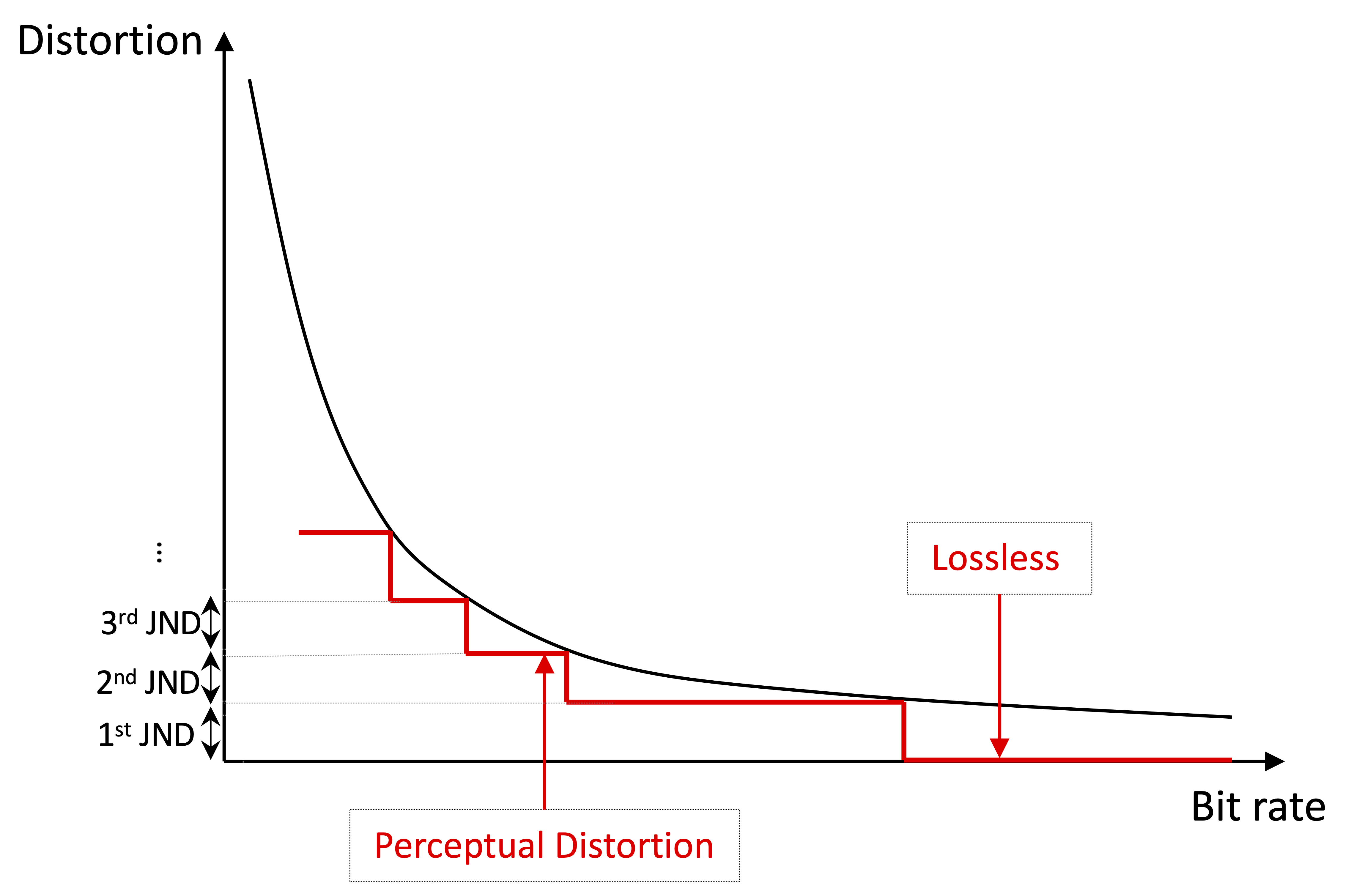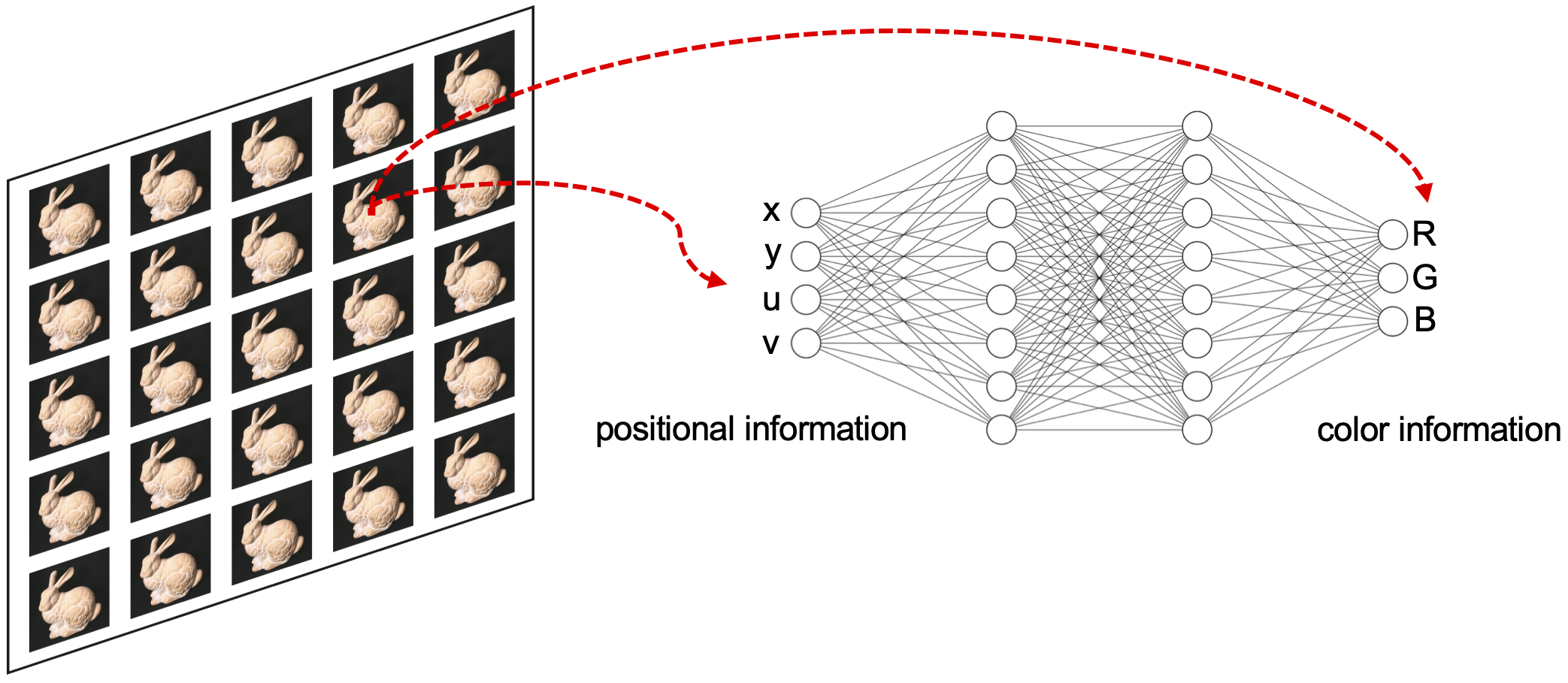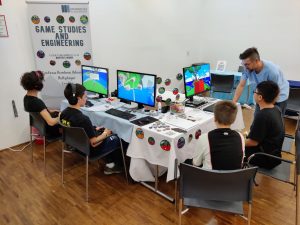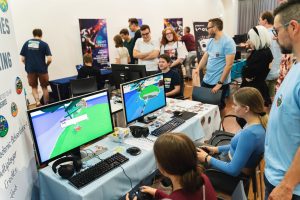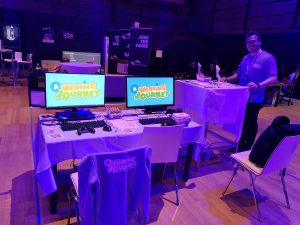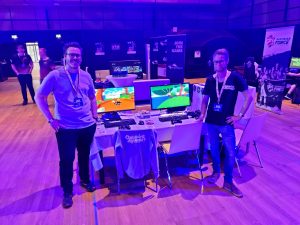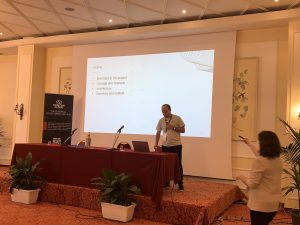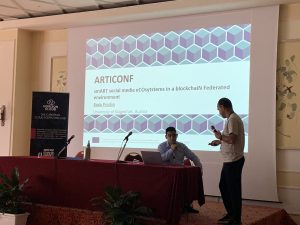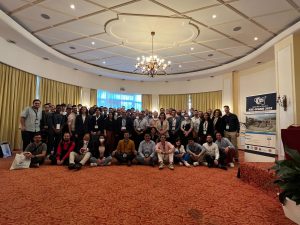ACM Multimedia Conference – Doctoral Symposium Track
Lisbon, Portugal | 10-14 October 2022
Vignesh V Menon (Christian Doppler Laboratory ATHENA, Alpen-Adria-Universität Klagenfurt)
Abstract: Rapid growth in multimedia streaming traffic over the Internet motivates the research and further investigation of the video coding performance of such services in terms of speed and Quality of Experience (QoE). HTTP Adaptive Streaming (HAS) is today’s de-facto standard to deliver clients the highest possible video quality. In HAS, the same video content is encoded at multiple bitrates, resolutions, framerates, and coding formats called representations. This study aims to (i) provide fast and compression-efficient multi-bitrate, multi-resolution representations, (ii) provide fast and compression-efficient multi-codec representations, (iii) improve the encoding efficiency of Video on Demand (VoD) streaming using content-adaptive encoding optimizations, and (iv) provide encoding schemes with optimizations per-title for live streaming applications to decrease the storage or delivery costs or/and increase QoE.

The ideal video compression system for HAS envisioned in this doctoral study.



